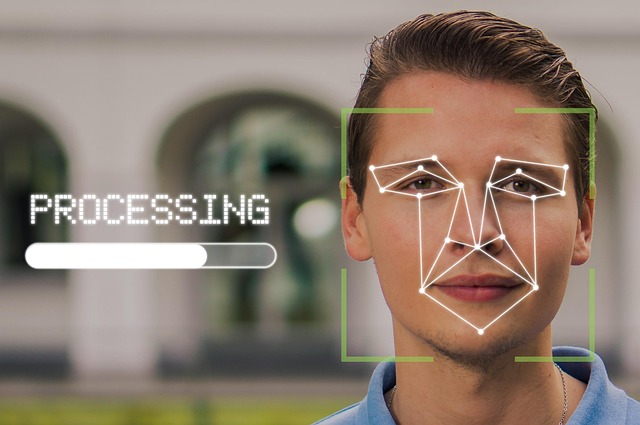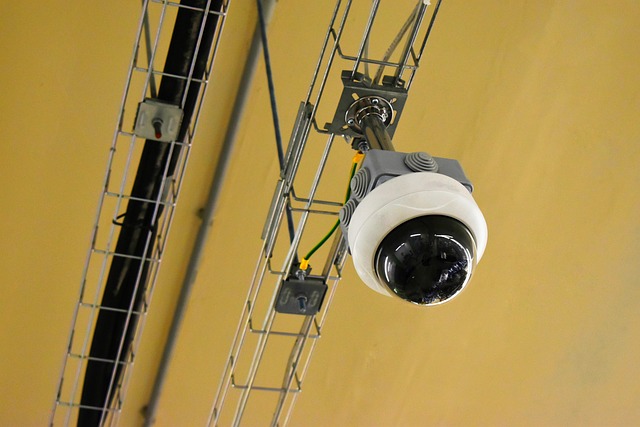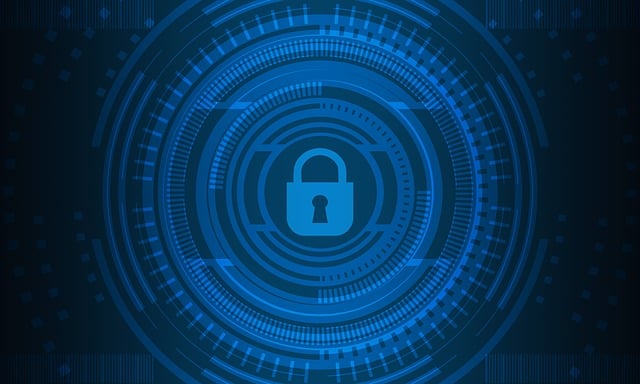Accounting firms face unique risks demanding customized multi-layered CPA security. Assess systems, implement firewalls, encryption, MFA for cloud security. Train staff on phishing defense and foster cybersecurity awareness. Integrate Advanced Threat Detection Systems with access controls, audits, BCP to protect data integrity.
In today’s digital age, accounting firms face unprecedented cybersecurity risks. Protecting sensitive financial data and ensuring business continuity is paramount for maintaining client trust and regulatory compliance. This article explores a multi-layered CPA security approach, encompassing key strategies such as assessing unique risk profiles, implementing robust multi-factor authentication, encrypting financial data, conducting regular audits and training, leveraging advanced threat detection systems, and preparing for swift recovery through business continuity planning.
- Assessing Unique CPA Risk Profiles
- Implementing Multi-Factor Authentication
- Encrypting Sensitive Financial Data
- Regular Security Audits & Training
- Advanced Threat Detection Systems
- Business Continuity Planning & Recovery
Assessing Unique CPA Risk Profiles

Every accounting firm possesses a unique risk profile that demands a tailored multi-layered CPA security approach. While some firms may operate primarily with internal data and traditional accounting software, others engage in complex financial transactions, manage sensitive client information, or provide services across global networks. This variability necessitates a comprehensive evaluation of each firm’s operations, systems, and potential exposure points. Assessing these factors enables the development of tailored security measures that address specific vulnerabilities and align with the firm’s size, industry, and scope of services.
For instance, compliance-level security requirements vary based on regulatory jurisdiction and the nature of clients’ industries. Data security plans for CPAs must account for these variations while ensuring robust protections against cyber threats. Implementing a CPA firewall setup is one critical component, serving as a first line of defense against unauthorized access attempts and malicious activities. By combining such measures with regular security audits, employee training, and advanced encryption technologies, accounting firms can fortify their digital defenses, safeguard client data, and maintain the integrity of their operations.
Implementing Multi-Factor Authentication

Implementing Multi-Factor Authentication (MFA) is a powerful step towards enhancing the multi-layered CPA security framework for accounting firms. This additional security layer goes beyond traditional passwords, requiring users to provide multiple forms of identification before granting access to digital assets. By integrating MFA, cloud security for CPAs becomes more robust, as it significantly reduces the risk of unauthorized access and data breaches.
MFA can take various forms, such as sending a unique code to a user’s mobile device or using biometric verification like fingerprints or facial recognition. When set up properly, this additional firewall setup for identity protection accounting ensures that even if a hacker obtains a password, they still won’t be able to access the system without the second factor. This multi-layered approach is crucial in protecting sensitive financial data and ensuring the integrity of accounting firms’ operations in today’s digital landscape.
Encrypting Sensitive Financial Data

Protecting sensitive financial data is paramount for accounting firms operating in today’s digital landscape. Implementing a multi-layered CPA (Certified Public Accountant) security strategy is essential to safeguard critical information. This involves employing robust encryption methods, such as advanced encryption algorithms and key management systems, to secure both at rest and in transit data. By encrypting financial records, access controls, and communication channels, firms can ensure that even if unauthorized access is gained, the information remains unreadable without the proper decryption keys.
A comprehensive approach includes setting up a robust CPA firewall that acts as a barrier between the firm’s network and potential threats. This, coupled with regular security audits and updates, helps identify and mitigate vulnerabilities. Additionally, training staff on phishing defense techniques and promoting a culture of cybersecurity awareness is vital to prevent social engineering attacks. With compliance-level security measures in place, accounting firms can rest assured that their digital assets are not only protected but also meet industry standards for data privacy and integrity.
Regular Security Audits & Training

Regular Security Audits and Training are essential components of a multi-layered CPA (Compliance-level) security strategy. These audits ensure that accounting firms’ digital assets are protected by up-to-date security measures, identifying vulnerabilities before they can be exploited. By conducting frequent assessments, firms can quickly adapt to emerging threats, ensuring their data security plans remain robust and effective.
Training programs play a vital role in enhancing password security in accounting. Educating employees about best practices, such as creating strong, unique passwords for each account and enabling multi-factor authentication, reduces the risk of unauthorized access. Regular training sessions also foster a culture of cybersecurity awareness, encouraging staff to report suspicious activities and stay vigilant against phishing attempts.
Advanced Threat Detection Systems

Advanced Threat Detection Systems (ATDS) are a multi-layered CPA security approach that goes beyond basic firewalls and antivirus software. These cutting-edge tools utilize machine learning and artificial intelligence to identify and mitigate complex cyber threats, which have become increasingly sophisticated in targeting financial institutions, including accounting firms. By continuously analyzing network traffic and behavioral patterns, ATDS can detect anomalies indicative of malicious activities, such as data exfiltration or advanced persistent threats (APTs).
Firm security protocols must incorporate data security plans for CPAs that encompass identity protection accounting measures to safeguard sensitive client information. This involves implementing robust access controls, regular security audits, and employee training on best practices for recognizing and responding to potential cyber threats. With ATDS as a foundation, accounting firms can build a comprehensive cybersecurity posture that protects their digital assets and maintains the integrity of financial data.
Business Continuity Planning & Recovery

Business Continuity Planning (BCP) is a cornerstone of robust IT security strategies for accounting firms. In an industry where data integrity and access are paramount, BCP ensures that operations can continue seamlessly even in the face of cyberattacks or system failures. This involves creating detailed recovery plans, regularly testing them, and ensuring backup systems are secure, up-to-date, and easily accessible. By implementing multi-layered CPA security measures—including robust phishing defense CPAs and compliance-level security protocols—firms can safeguard their digital assets and maintain client trust.
Effective BCP also encompasses educating employees on firm security protocols, fostering a culture of vigilance against potential threats like social engineering and ransomware attacks. Regular training sessions and simulated incidents can help staff recognize and respond appropriately to security breaches, minimizing downtime and data loss. With these proactive measures in place, accounting firms can better navigate disruptions, ensuring continuity in their services and the protection of sensitive financial information.
